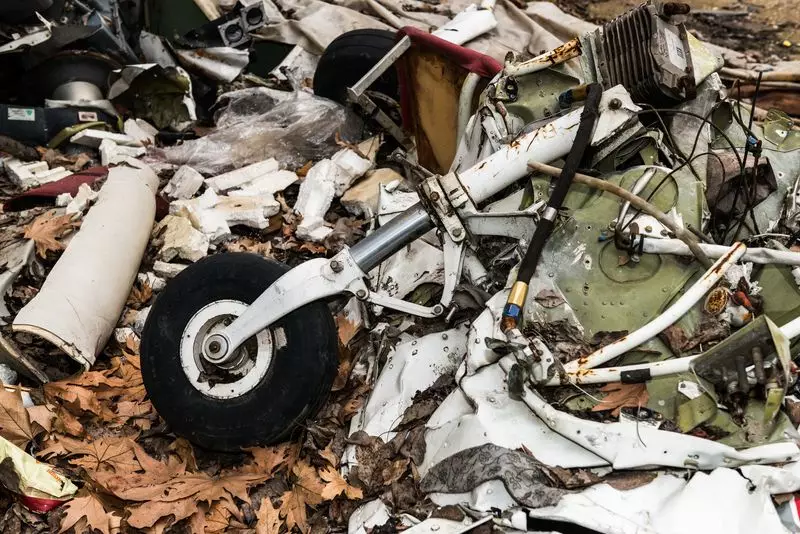
A Turkish military cargo plane crashed on Friday near the border region between Azerbaijan and Georgia, resulting in one fatality and multiple survivors, according to official statements from Turkish authorities.
The Crash Incident and Immediate Aftermath
The aircraft went down in a mountainous area near the Azerbaijan-Georgia border, specifically in the Zaqatala region of northwestern Azerbaijan. Turkish Interior Minister Ali Yerlikaya confirmed the tragic incident through social media, expressing condolences for the lost crew member and wishes for recovery for the injured.
Initial reports indicate that eight crew members survived the crash, though some sustained injuries. Rescue and recovery operations were immediately launched following the accident, with emergency teams working to evacuate the survivors and recover the body of the deceased crew member.
Details of the Aircraft and Mission
The crashed aircraft was identified as a military cargo plane operated by the Turkish Air Force. While specific details about the aircraft model weren't immediately disclosed in initial reports, Turkish military cargo operations typically utilize various transport aircraft for logistical missions.
The plane was reportedly on a routine flight mission when the accident occurred. Military authorities have initiated a comprehensive investigation to determine the exact cause of the crash, examining factors such as weather conditions, technical malfunctions, and other potential contributing elements.
Regional Implications and Response
The crash location near the strategic Azerbaijan-Georgia border region adds complexity to the rescue and investigation efforts. Both Azerbaijan and Georgia have maintained close relations with Turkey, and coordination between the neighboring countries has been crucial in responding to the incident.
Turkish authorities have emphasized their commitment to transparent investigation and have promised to share findings once the inquiry is complete. The incident highlights the inherent risks faced by military aviation personnel, even during routine operational flights.
This tragic event marks another addition to the history of military aviation accidents in the region, prompting renewed attention to flight safety protocols and emergency response capabilities in challenging terrain.





